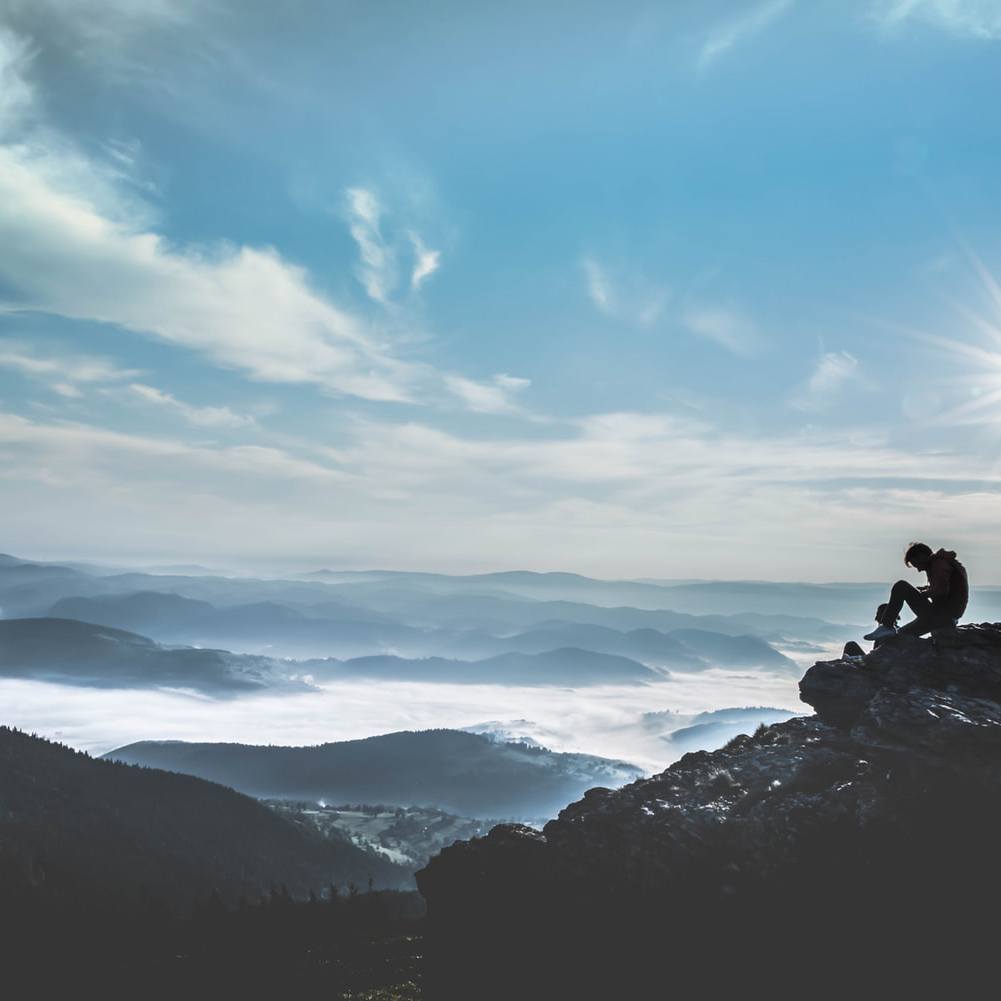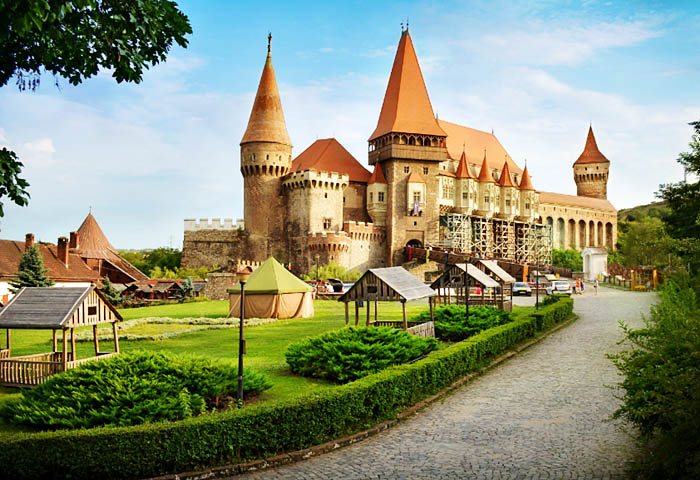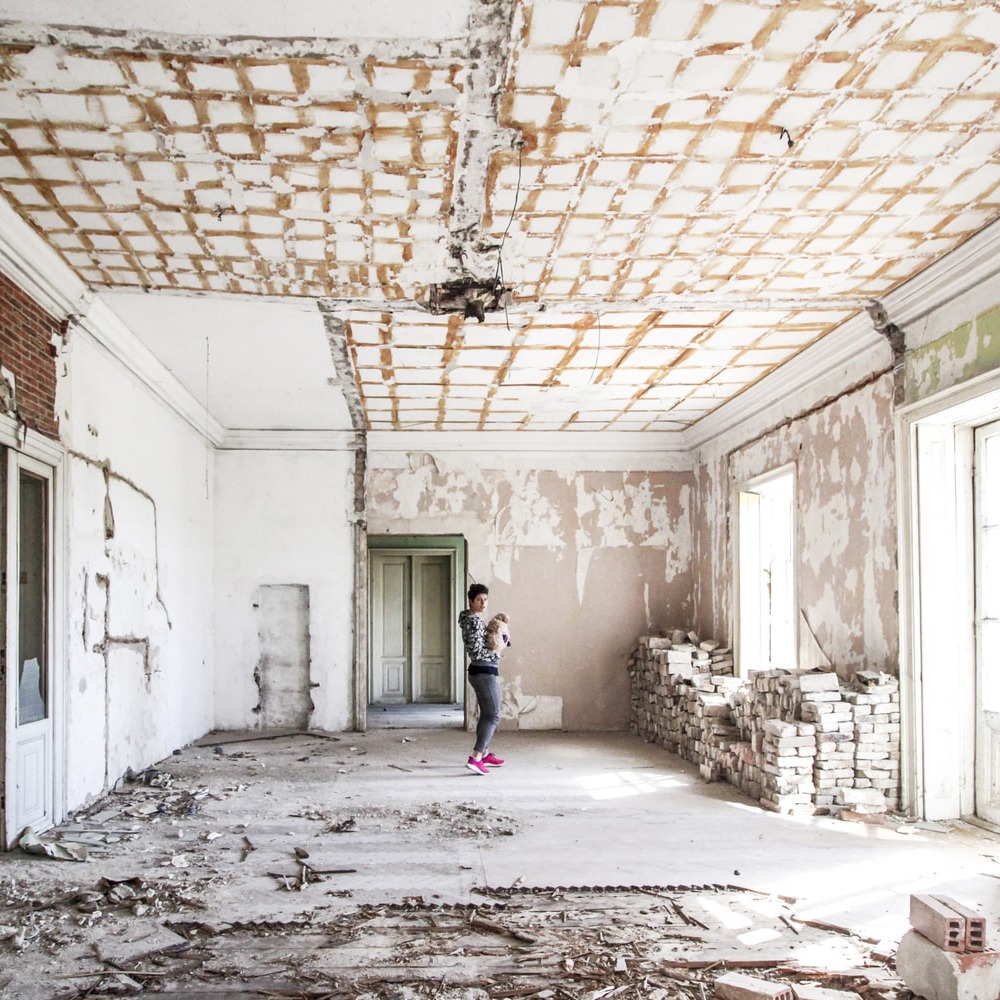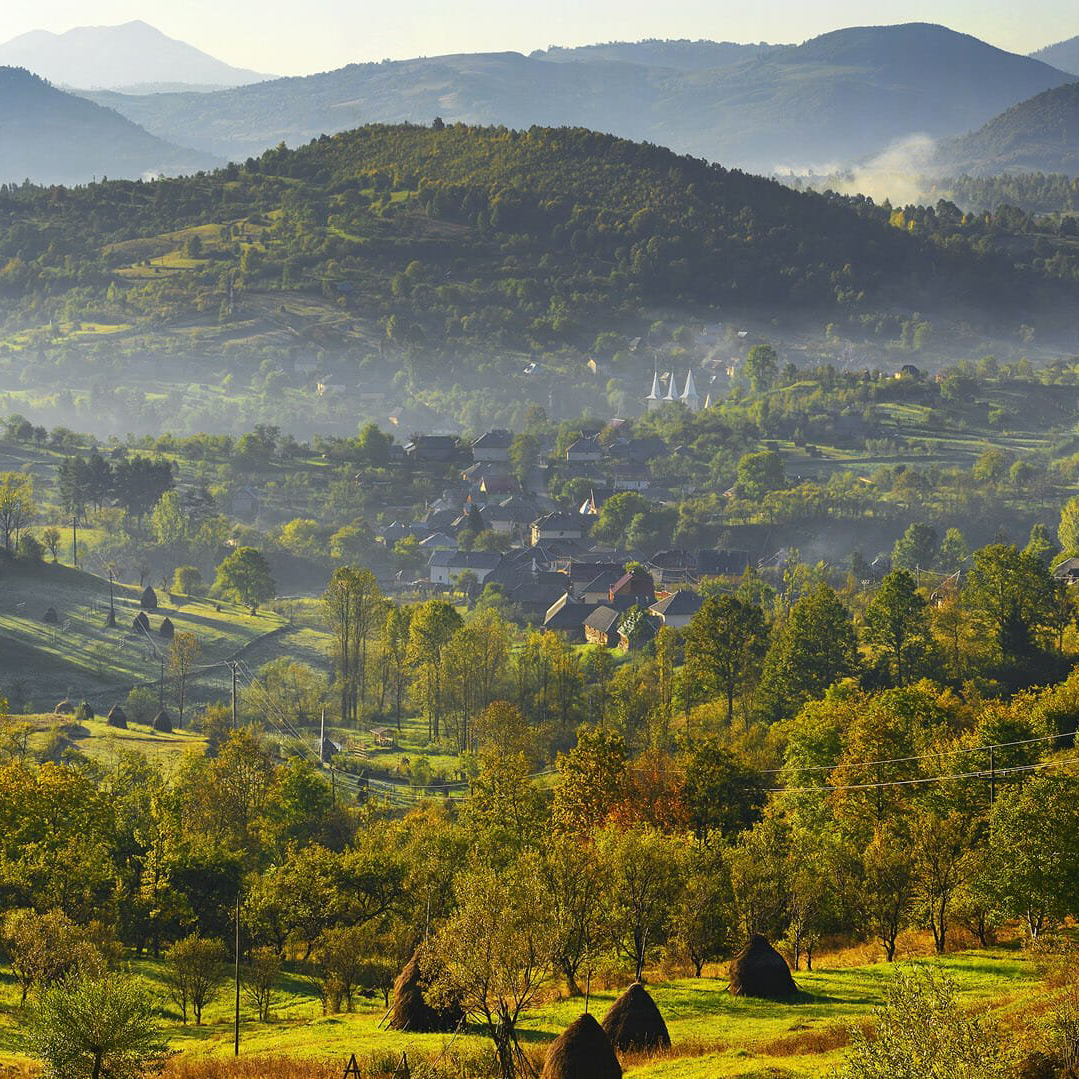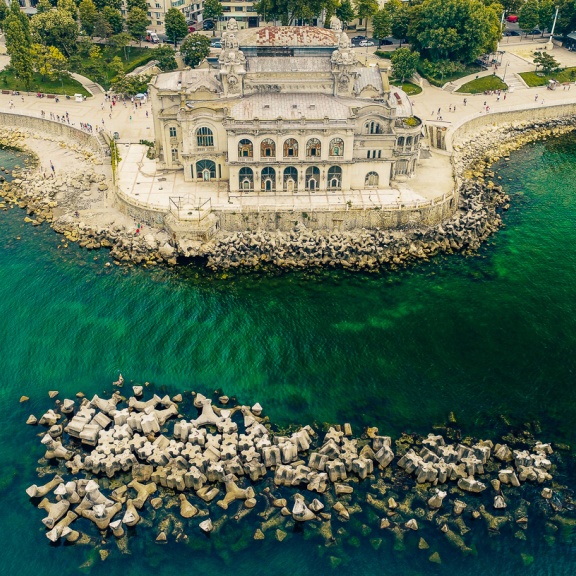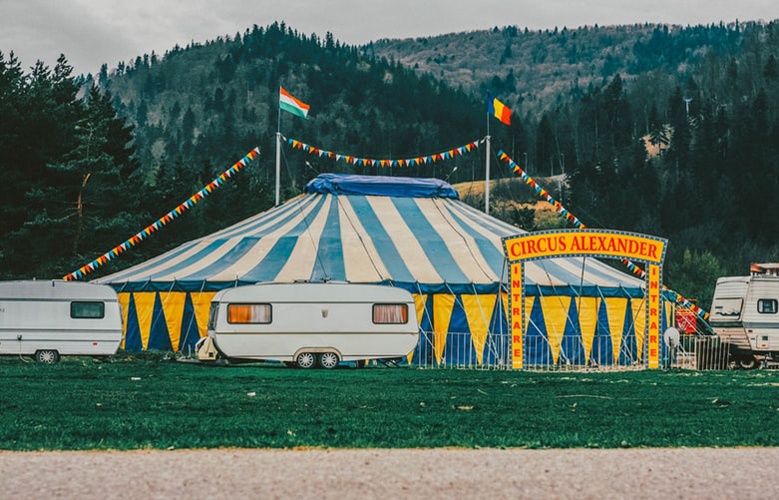Romania
Bordered by Bulgaria, the Black Sea coast, Moldova, Ukraine, Hungary and Serbia, Romania is home to the Carpathian Mountains, medieval fortresses, Dracula, stuffed cabbage leaves, Nadia Comaneci, primeval dense forests, wolves and bears, monasteries, the Danube Delta and much more. Romania is also one of the newer members of the European Union.
History
The early Dacian kingdom in Romania covered land from Central Europe to the Black Sea and was ruled by King Burebista from his base in the Carpathian Mountains and reached its zenith in the first century. The old Dacian capital Sarmizegetusa in modern-day Transylvania is now a UNESCO World Heritage Site, where it is possible to see well-preserved fortifications and shrines.
The same region was home to Hungarians and then Germans in the Middle Ages, who built fortified cities and castles against the threat of the Ottoman Empire, many of which can be seen today. The Wallachia and Moldavia regions were formed in the 14th century and together with Transylvania spent some time under the yoke of the Ottoman Empire until a Romanian national revival movement led to the 1859 unification of Moldavia and Wallachia. See Romania’s national parks full of historical memories and amazing nature.
Romania became a Communist people's republic in 1947 led by Gheorghe Gheorghiu-Dej. In 1965, he was succeeded by Nicolae Ceauşescu infamous for his harsh internal terror regime and his expulsion of the large Hungarian community before his overthrow and execution in 1989.
Development in Romania after the period of communist austerity has overcome the legacy of poverty and repression to become a growing gateway for business and tourism. Many people are emigrating to Romania to take advantage of a growing industrial sector and a relatively low cost of living compared to much of Europe. There is work in construction and engineering, IT, communications and software development, mostly in Bucharest. Yet for all the modernization, Romania retains its unique personality, friendly and welcoming locals, making it possible to build a rewarding life in Romania.
Regions
Transylvania
A region receiving the most investment, Transylvania is an attraction to visitors with its medieval castles and towns, dark forests and the Transylvanian Alps contrasting with modern cities and vast shopping malls.
For tourists, Brașov is a medieval city in south-eastern Transylvania and close the luxury resort of Poiana Braşov, Rasnov, and Bran ("Dracula's") Castle. Cluj-Napoca is the economic center of Transylvania, home to one of the largest universities in Europe, home to many overseas students and lecturers. Sibiu, the 2007 European Capital of Culture, has the country’s best-preserved historical sites, as well as several museums and art galleries. It is also a good base for visiting the Făgăraş mountains. Sighişoara, another UNESCO World Heritage Site is the last inhabited medieval citadel in Europe.
Banat
Here you will find beautiful baroque cities and traditional German villages in the western plains and huge mountain forests in the eastern parts. It is probably the most economically developed of all Romania’s regions. The 1989 Romanian anti-communist revolution began in the region’s largest town, Timişoara, currently the most prosperous and modernized city in Romania.
Oltenia
In the mountainous north are caves and health resorts and impressive monasteries. In contrast, the south is barren.
Bukovina
This is the area to visit if you want to see the country’s famous Painted Monasteries hidden amongst the rolling countryside.
Maramureş
Timeless villages, traditional wooden churches, and beautiful mountains.
Crişana
Bordering Hungary, this area has cities similar to western Europe as well as medieval sites and resorts on the edge of the Apuseni mountains. Oradea, a beautiful city, is the capital of the region and has a long and rich history, making it well worth a visit.
Dobrogea
Ancient Greek and Roman cities can be found along this Black Sea Coast area, which includes the Biosphere Reserves and UNESCO World Heritage Sites of the Danube Delta and the Black Sea lagoons. This is probably the most ethnically diverse region of Romania. Constanţa is Romania's main Black Sea port and one of the major commercial hubs in the region. Mamaia is considered one of the best Black Sea resorts, but both areas are quite outside of the summer months.
Moldavia
A mix of historical cities, medieval fortresses, churches, wine, and friendly locals makes this region a magnet for overseas visitors. Iaşi is the second largest Romanian city and was once the capital of Romania. Today it is one of the major economic and cultural centers in the country. Suceava is the best starting point for visiting the famous painted Monasteries in the region. Learn more about Moldavia.
Muntenia
Home to the capital, Bucharest, and the mountain resorts on the Prahova Valley. It was also the kingdom led by the notorious Vlad Ţepeş (The Impaler). Bucharest’s Palace of Parliament), once known as the "House of the People" was built during Ceauşescu's regime and is a popular attraction.


